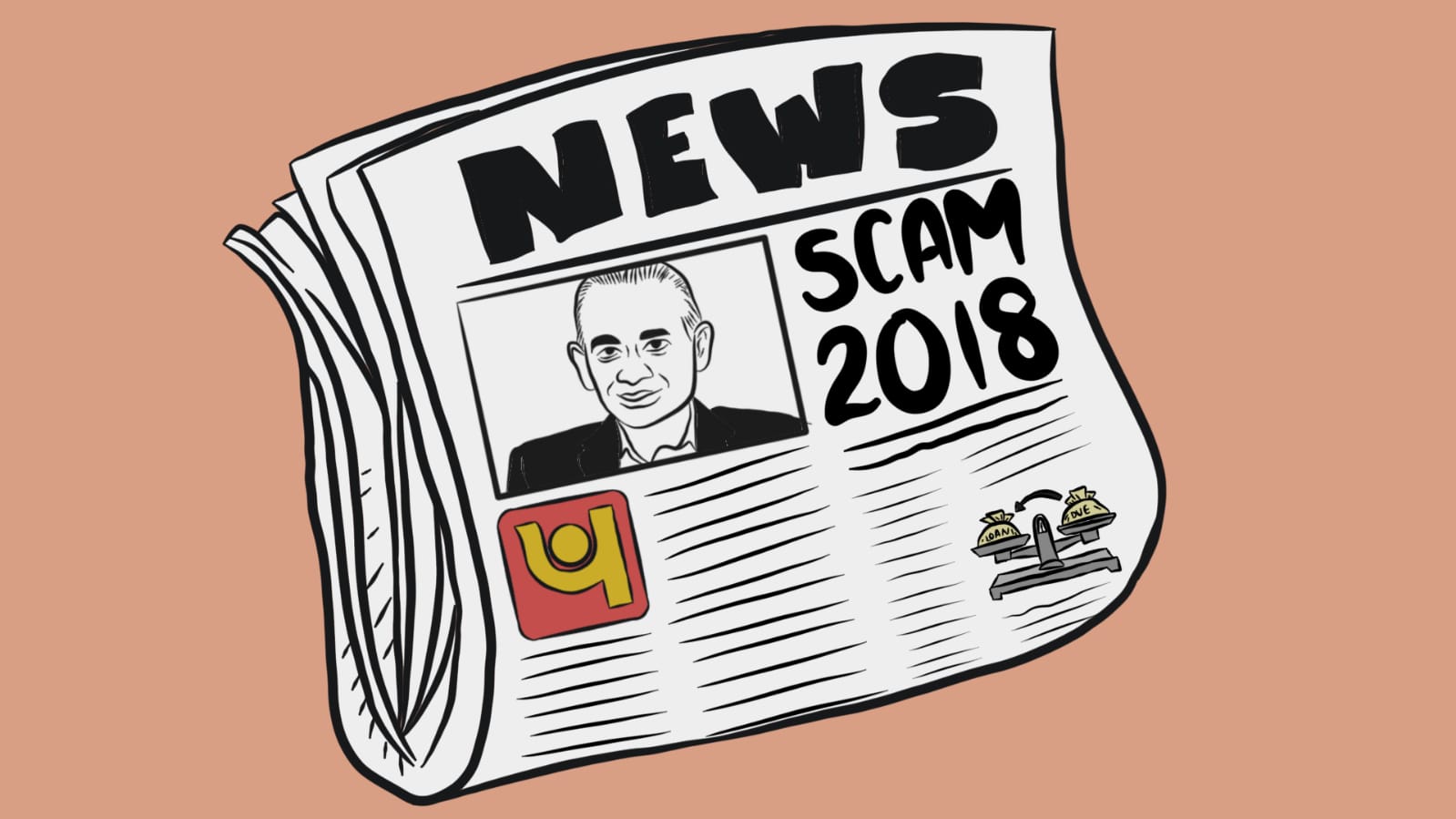
The growth in the number of NPAs (Non-Performing Assets) has greatly hampered the Indian banking system, forcing the apex bank to take measures and guidelines to keep in check the banks and their conduct. For monitoring and ensuring proper internal control, the RBI (Reserve Bank of India) had issued additional guidelines via circulars. However, despite the efforts of the RBI, a significant number and amount of scams shook the country’s economy. One such major scam was the Punjab National Bank Scam [PNB] Scam in 2018 which set in the customers of the said bank in a state of frenzy.
LETTER OF UNDERSTANDING
Before we actually get into the scam and understand the details of what happened, we must look at the concept of a letter of understanding. An LoU (Letter of Understanding) is a form of bank guarantee under which the bank can borrow money from overseas branches of banks. This enables the consumer or the customer to receive loans in the form of a buyer's credit. However, it is essential for obtaining a letter of understanding because the customer showcases collateral holding.
THE SCAM
On 14th February 2018, Punjab National Bank (PNB), which is one of India’s biggest public sector lenders, disclosed that it had discovered fraudulent transactions amounting to about ₹11,356 crores ($1.4 billion) at a single branch in Mumbai. The news of the biggest fraud to have been detected at an Indian bank caused a mass uproar and outrage against the bank amongst the general public.
WHAT HAPPENED?
On 29th January 2018, an employee of the PNB filed a complaint against three companies and four people. The names included billionaire businessperson Nirav Modi and Mehul Choksi - MD (Managing Director) at Gitanjali Gems. Additionally, it was alleged that employees from the bank had assisted them in defrauding the bank.
It was claimed that Nirav Modi, Mehul Choksi and the companies thus linked colluded with Gokulnath Shetty, former Deputy Manager of PNB, to pull off the scam by producing fake securities or omitting to produce any securities to obtain a loan from the bank.
As per the claims, it is alleged that the scam dates back nearly to 2011 and that the two employees were issuing unauthorized LoUs, which had no collateral backing, for nearly seven years before their misconduct was discovered. During this period, one of the employees retired and a new official came to post. When the company officials approached the bank for securing a loan, they were denied the same, due to the absence of requisite data and papers. The company officials later claimed that they had never before been asked to submit the same, which tipped off the bank regarding the scam in the first place.
It was discovered that they had been bypassing the lenders’ internal messaging system to avoid detection and instant placing instructions by the SWIFT payment systems, which directs the overseas branches of the Indian banks to grant the loans. It was alleged that the money so obtained by the company and Nirav Modi was utilized in his business of import and export.
Upon the discovery of the scam, the customers of the bank rushed to withdraw their money - a blatant display of losing trust in the services of the bank. This scam had also impacted various other banks, as well as the economy as a whole. Out of the 39 banks which are listed, the share prices of 34 fell between February 12 and February 15 2018. 5 banks were directly affected as they had been named in connection with the Punjab National Bank in the instant case. It was also observed that the Bombay Stock Exchange index fell 1.2% during the same period.
CONCLUSION
In the aftermath of the scam, the accused fled from the country and attempts to bring him back remain in force. However, it is interesting to note that the scam brought to light the various risks and hazards involved in the banking sector. It is important to note that, in this instance, an operational measure became the key to duping the bank and its customers. The biggest ever scam of the country, at least in amounts of money, forces us to ponder on the lack of proper supervision by the bank as well as the RBI. The banking sector in India is, presently, in a very fragile state and it is, thus, extremely necessary to enforce proper guidelines to ensure that such instances are not repeated.
